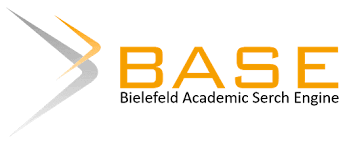MASYARAKAT MULTI BUDAYA DI DESA ADAT ANGANTIGA KECAMATAN PETANG KABUPATEN BADUNG
Keywords:
ethnic Bali, Bugis ethnicity, ethnicity, cultural identityAbstract
The people of the Adat Village of Angantiga in the District of Petang, Badung Regency, have different backgrounds consisting of ethnic Balinese who are Hindus and ethnic Bugis who are Muslim; keep trying to fight for ethnicity and identity of each culture while still maintaining and building social relations, tolerance and appreciative attitude. Based on these facts, researchers are interested in describing the process of forming multicultural communities, revealing the social interactions of multicultural communities, and revealing the social solidarity of multicultural communities in the Adat Village of Angantiga, Petang District, Badung Regency. The theories used to dissect the problems are migration theory, the theory of symbolic interaction and the theory of social solidarity. In determining the informants used snawballing sampling techniques, the necessary information is obtained through non-participation observation, in-depth interviews, and document recording, then analyzed using interpretive descriptive methods'
The findings obtained through the research showed that multicultural communities in the Adat Village of Angantiga, Petang Subdistrict, Badung Regency were formed beginning with the migration process of ethnic Bugis who were Muslim, came and settled in the area and were able to adapt to Balinese ethnic traditions and culture. In the process of social interaction, the Balinese language is the main communication tool in daily interaction between indigenous villagers, while Indonesian is used in special occasions. Social solidarity formed in multicultural communities in the Adat Village of Angantiga, Petang Subdistrict, Badung Regency, because of differences in background, but these differences make them more solid, this condition occurs because of the awareness of the sense of equality as villagers, equality in life in the form of mutual cooperation , and they are physically involved in various joint activities and have the same responsibilities. The joint ties built by the Indigenous Village Community of Angatiga are categorized as mechanical solidarity.
Downloads
Downloads
Published
How to Cite
Issue
Section
License
Hak cipta mencakup hak eksklusif untuk mereproduksi dan mengirimkan artikel ini dalam semua bentuk dan media, termasuk mencetak ulang, memotret, mikrofilm dan reproduksi serupa lainnya, serta terjemahannya. Reproduksi dari bagian manapun dari jurnal ini, penyimpanannya di database dan transmisinya dengan bentuk atau media apa pun, seperti salinan elektronik, elektrostatik dan mekanis, fotokopi, rekaman, media magnetik, dan lain-lain, akan diizinkan hanya dengan izin tertulis dari penerbit jurnal.






1_(1).jpg)











